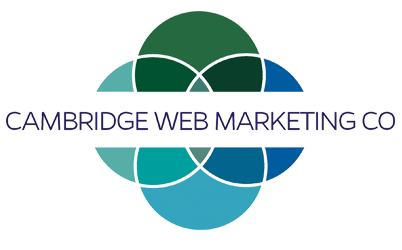LinkedIn is a powerful platform for knowledge and direct marketing, especially if you sell to other businesses, and especially if you offer a complex product or service with a long sales cycle.
There are three distinct but linked areas on LinkedIn:
- Personal profiles
- Company pages
- Discussion pages
Personal profiles
We always recommend that each of your employees runs their own page, but we can offer advice on how to do this effectively. At the very least, each person’s page should offer information about their role at your business and be properly connected to your main company page. Ideally, they will also make regular updates to their page (such as posting new content relevant to your business), participate in groups and connect with other professionals.
Company pages
These pages are created automatically by LinkedIn when someone lists your business as a their employer. So you more than likely have a company page already, whether you know it or not!
Company pages are the aspect of LinkedIn that have most in common with other social media platforms, such as Twitter. The most important part of running a company page is keeping it regularly updated with new content on its timeline – potential customers will check! We do this through posting your own content (such as new blog posts), as well as relevant news articles and publications, etc. This goes a long way to showing that your business keeps abreast of trends and current affairs within your industry.
Discussion groups
Groups are the most important part of LinkedIn. They let you connect with new people, learn and demonstrate your expertise.
Anyone can create a group, so we usually recommend that you have your own group as a business. As with the company page, this needs to be regularly updated. However, the goal here is to encourage discussion and interaction, so instead of posting news and updates, it’s more useful to post questions and more open-ended comments. Over time, people will start buying in and creating their own discussion threads in the group, lessening the need for your business to do this. However, you always need to maintain a presence in the group – the point is to gain exposure to the brand, after all!
Of course, in order for this to happen, the group has to have members. LinkedIn provides the tools to invite your contacts into the group, and we would always encourage your employees to join and do this also. It also helps to make it a standard practice to invite all new clients and prospects into your group.
In addition to your own group, it’s important to join other groups that are relevant to your industry – and, of course, maintain an active presence in them. This is how you spread the word the most effectively. This doesn’t mean jumping into every discussion you can find, obviously! Answering people’s questions and asking your own creates the best impression.
We can both carry out this activity on your behalf and provide coaching and training for you and your staff do get involved yourself.
